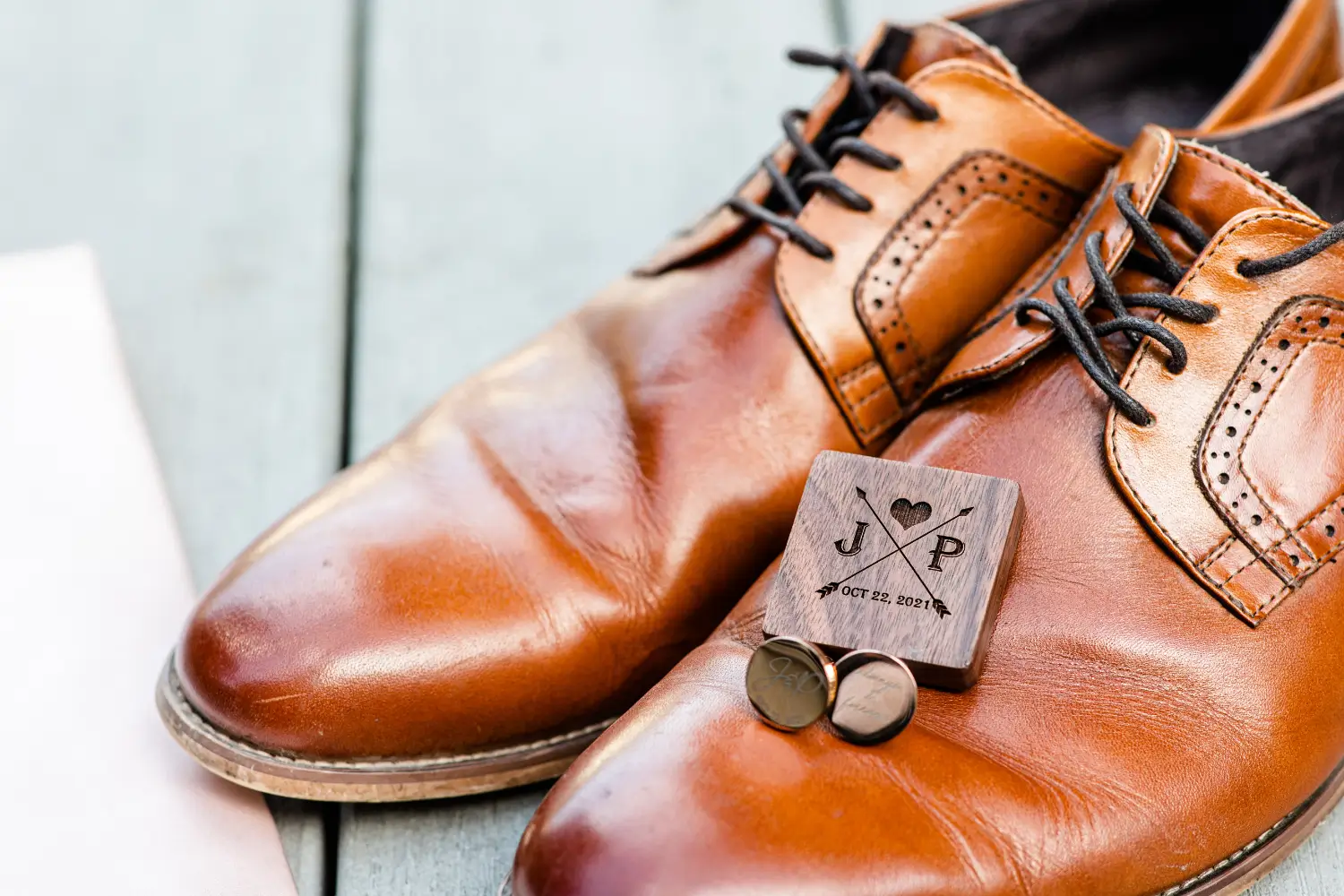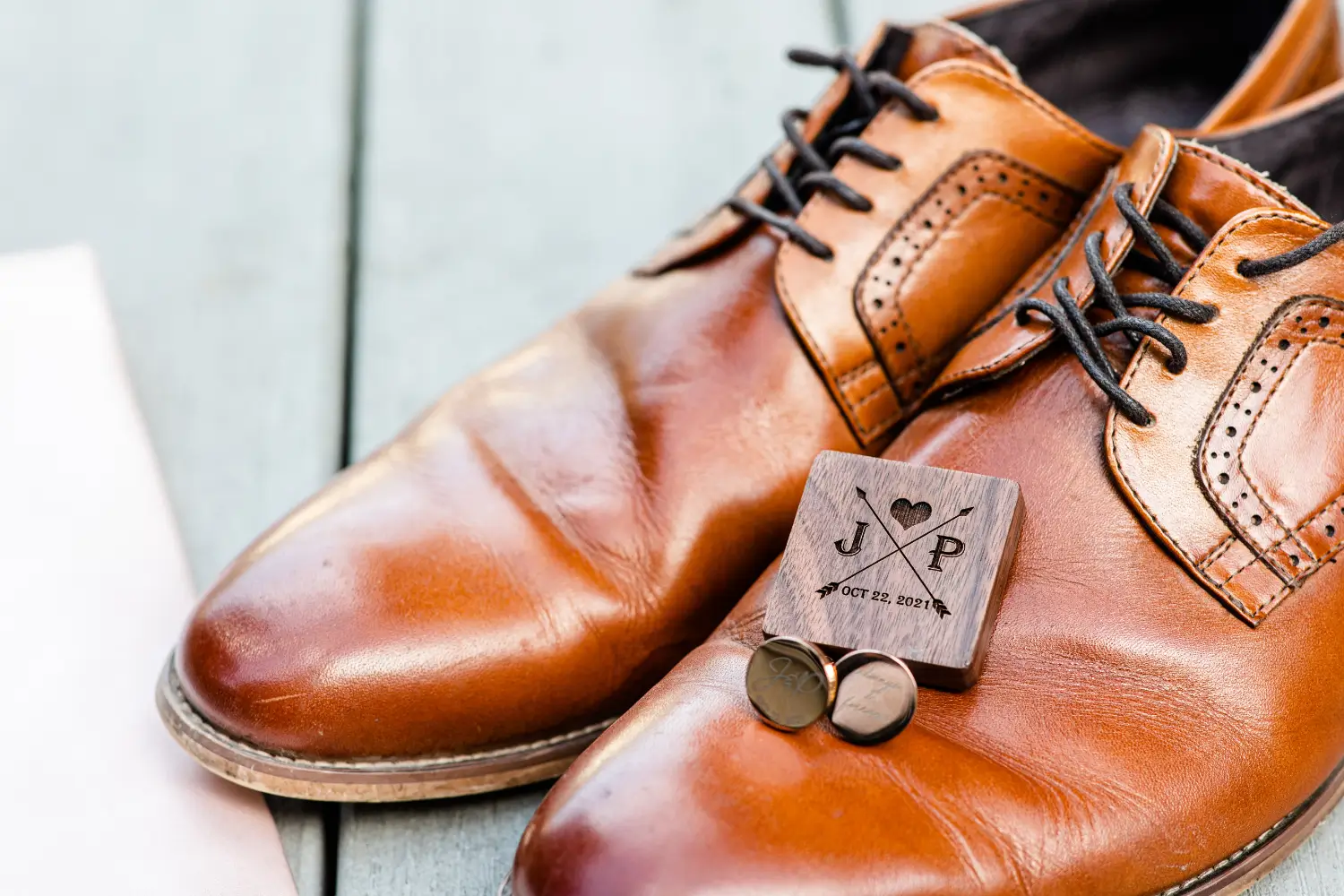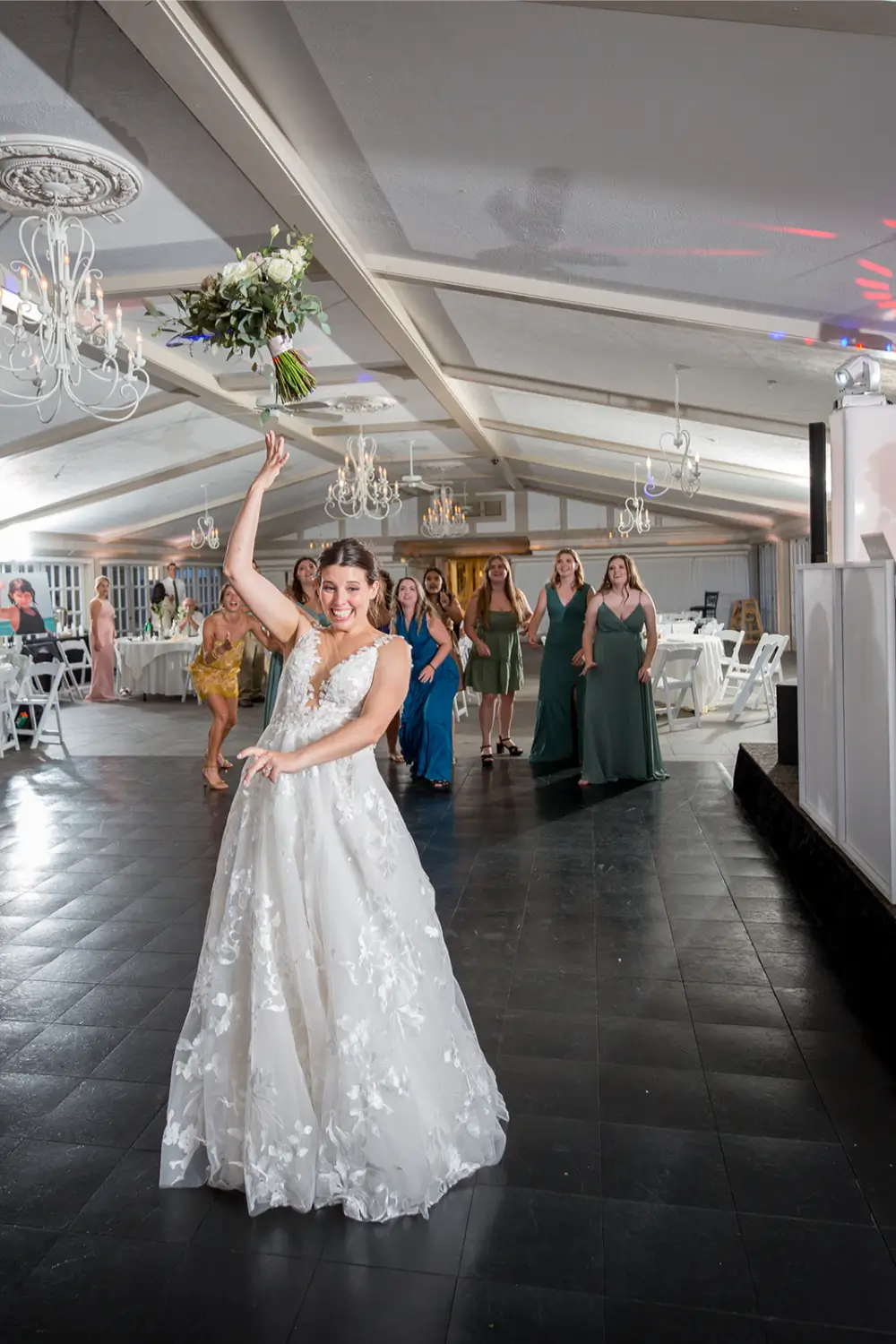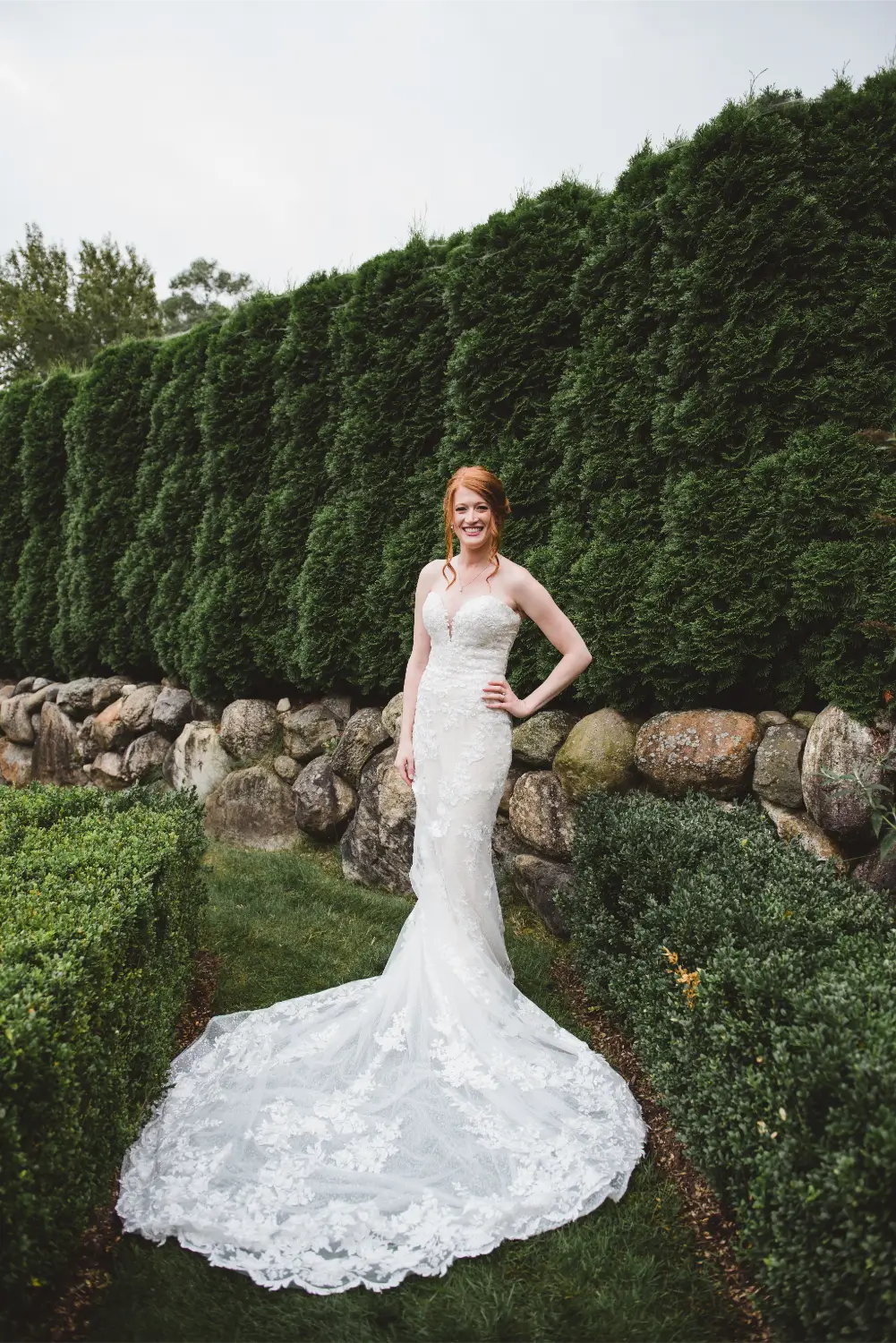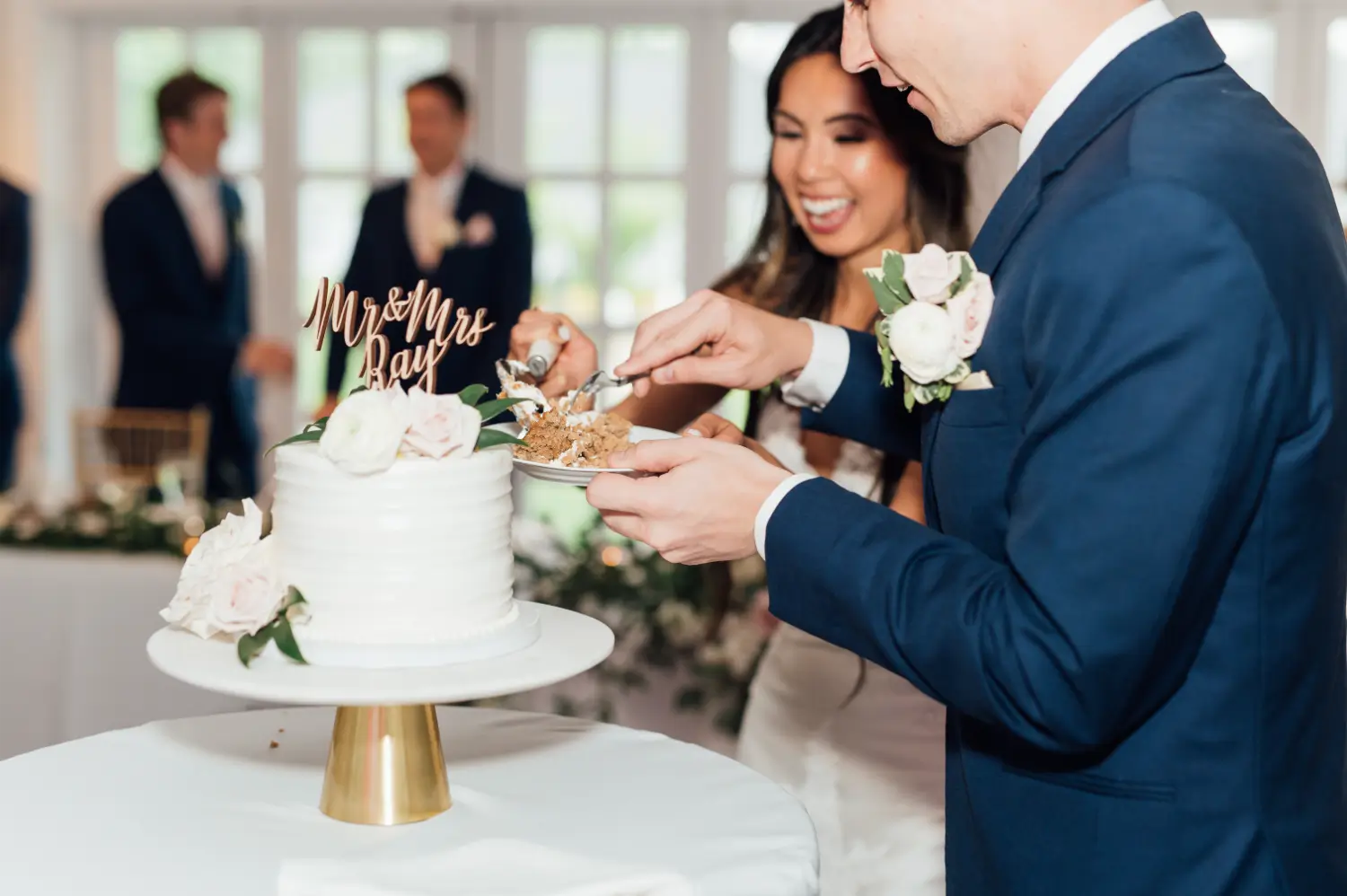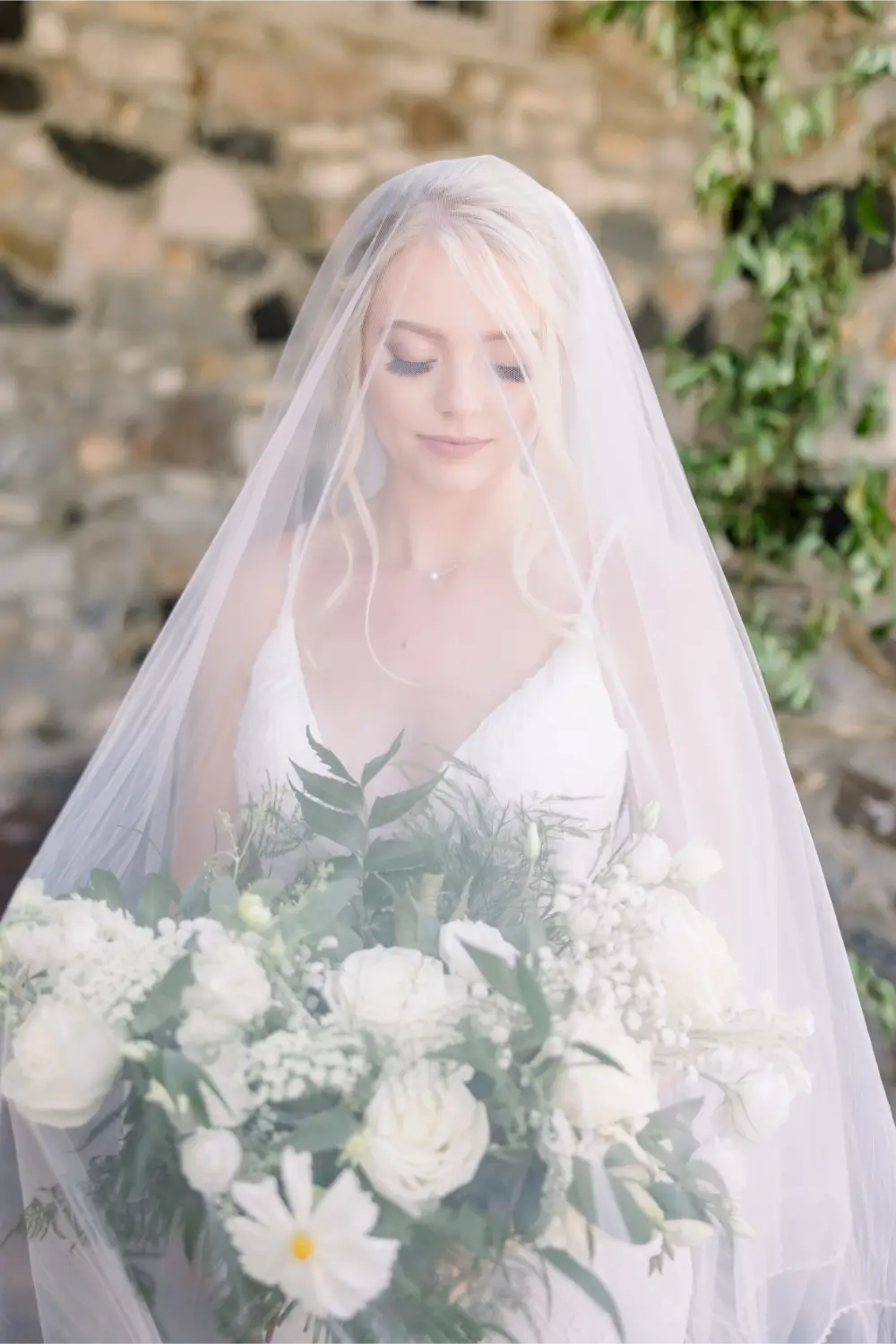Weddings are often regarded as a celebration of love, unity, and tradition. But have you ever stopped to wonder about the origins of those cherished wedding customs we partake in today? From the tossing of the bouquet to the exchange of rings, each tradition holds a rich history that has been passed down through generations. Join us on a journey through time as we uncover the fascinating origins behind some of the most beloved wedding traditions.
1. The Wedding Ring: The tradition of exchanging rings dates back thousands of years, with origins traced to ancient Egypt. The circle, being a symbol of eternity, represented an unending bond between the couple. Rings were typically made from materials like reeds and hemp, signifying the couple’s commitment to each other. The Romans later adopted this custom, using rings made from more durable materials like iron and gold. Over time, the exchange of rings became a staple in wedding ceremonies across cultures and continents.
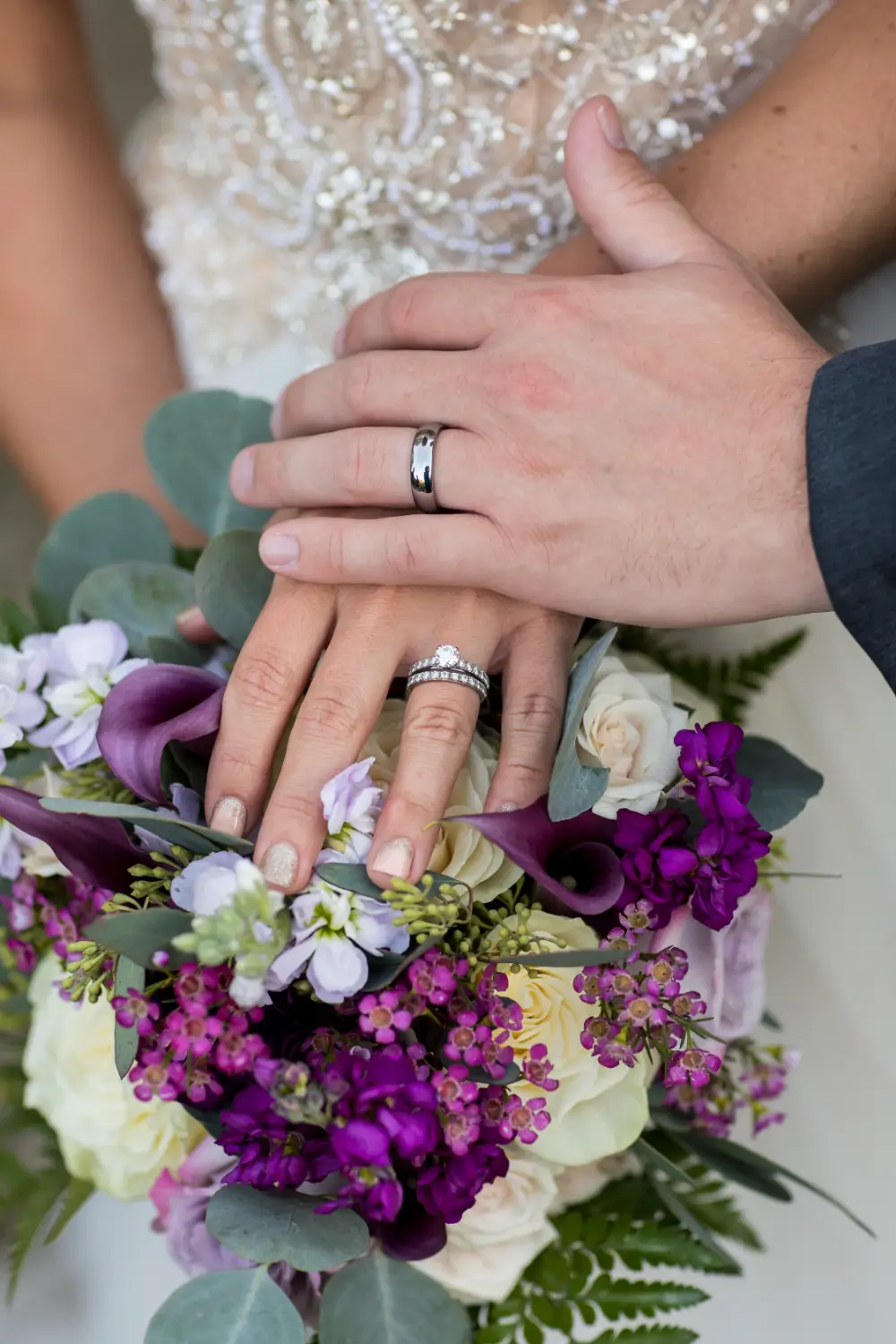
Photo Credit: Darrell Christie Photography
2. Something Old, Something New, Something Borrowed, Something Blue: This age-old rhyme has been recited by brides for centuries, but its origins are less known. Dating back to Victorian England, each item in the rhyme symbolized different elements of a successful marriage. “Something old” represented continuity with the bride’s past, “something new” signified optimism for the future, “something borrowed” symbolized borrowed happiness from a happily married friend or family member, and “something blue” was believed to ward off the evil eye and bring purity, love, and fidelity to the marriage.
Photo Credit: Josh and Andrea Photography
3. Tossing the Bouquet: The tradition of tossing the bouquet has its roots in medieval Europe, where it was believed that obtaining a piece of the bride’s attire would bring good luck. In an effort to escape the eager crowd, brides began throwing their bouquets to distract them while making their getaway with their new spouse. Over time, this practice evolved into a fun tradition symbolizing the passing of happiness and good fortune to the next unmarried woman.
Photo Credit: Paxton Photography
4. The White Wedding Dress: The tradition of wearing a white wedding dress can be traced back to Queen Victoria of England. In 1840, Queen Victoria broke from the norm of wearing royal silver and chose a white satin gown for her wedding to Prince Albert. Her choice was seen as a statement of purity and innocence, and it quickly became fashionable for brides of all social classes to wear white on their wedding day. Today, the white wedding dress remains a symbol of purity and new beginnings for brides around the world.
Photo Credit: Northern Art Photography
5. The Wedding Cake: The tradition of the wedding cake dates back to ancient Rome, where it was customary to break a loaf of bread over the bride’s head to symbolize fertility and abundance. Over time, this evolved into the more elaborate tiered cakes we see today. In medieval England, guests would bring small cakes to the wedding, which were stacked on top of each other. The bride and groom would then attempt to kiss over the towering stack without knocking it over. If successful, they were believed to enjoy a lifetime of prosperity and happiness together.
Photo Credit: Mel Anne Photography
6. The Bridal Veil: The bridal veil has its origins in ancient Rome and Greece, where it was believed to ward off evil spirits and protect the bride from harm. In medieval times, the veil symbolized modesty and purity, with brides wearing heavily veiled garments to conceal their faces until after the ceremony. Today, the veil is often seen as a romantic accessory, adding an air of mystery and anticipation to the bride’s appearance as she walks down the aisle.
Photo Credit: Mandie Forbes
As we delve into the origins of these beloved wedding traditions, we gain a deeper appreciation for the cultural significance they hold. From ancient rituals to modern customs, each tradition carries with it a unique story that connects us to our past and binds us together in celebration of love and unity. So the next time you attend a wedding, take a moment to reflect on the rich history behind the customs we so often take for granted, and rejoice in the timeless beauty of tradition.
